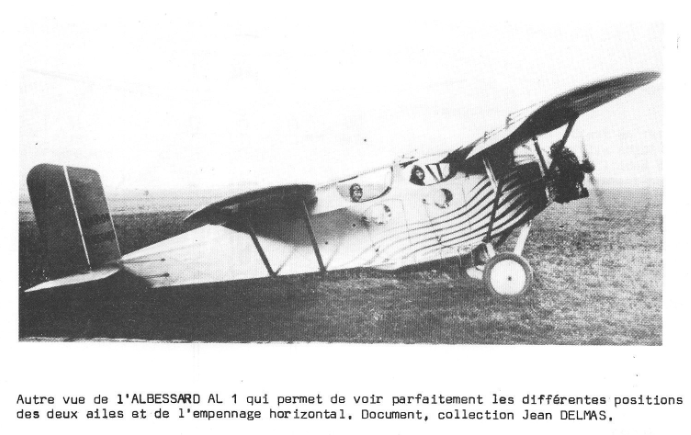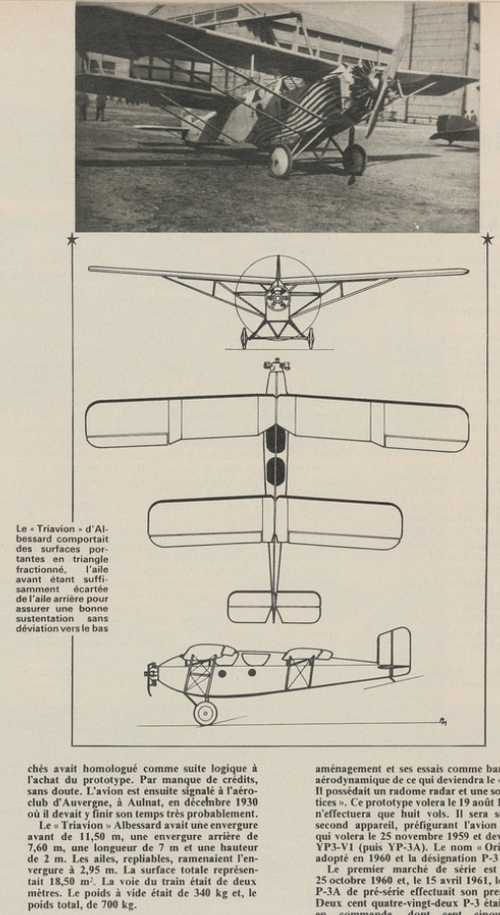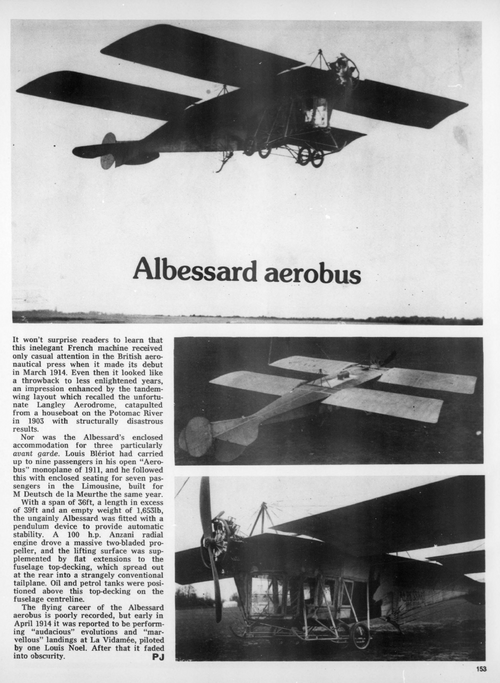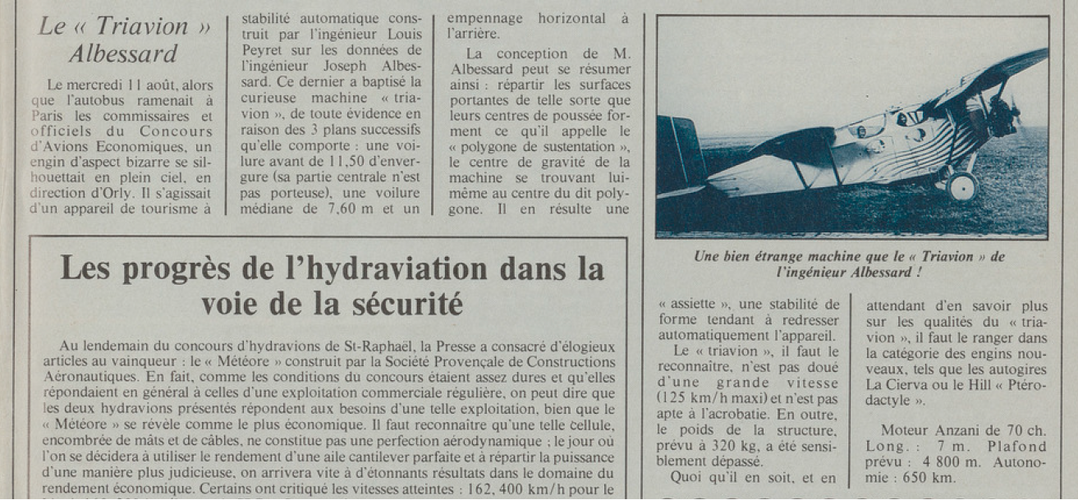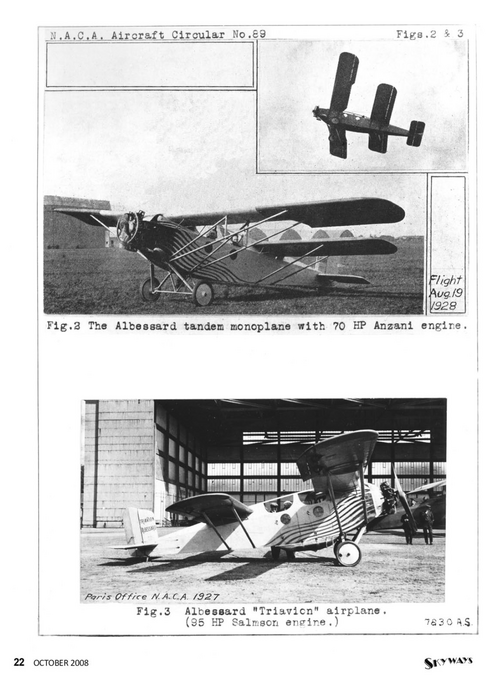hesham said:
By the way,
the Albessard AL-1 and AL-2 was displayed by my dear Skyblazer,and here
is a more info about AL-3,it was powered by three 180 hp engines,and its estimated speed was 250 km/h.
From TU 170,
ALBESSART: After World War I, Albessart initially released the model
AL-1 which, as we have already pointed out, seems to have ended his
life at the Aéro-Club d'Auvergne, damaged in 1930 following of an unfortunate wooden horse. As early as 1929, Albessart imagined a
refined derivative of this model. A model was built and tested.
Equipped with a 95 hp Salmson, it would have reached 150 km / h
at 1850 rpm, would have had a range of 700 km and a payload of
190 kg. The practical ceiling would have reaches 3500 m. This machine,
called Triavion n ° 2 would have produced, by compared to n ° 1, a
gain in market load of simple to double and a gain in range of 420 to
700 km. In 1930, this Triplane n ° 2, three-seater, was planned with a
power of 100 hp and an inverted in-line engine as shown in the
drawing below below appeared in Les Ailes 495 Bis of December 14,
1930. The address of the Triavions Albessart is then 31 rue du Laos
in Paris (15 °). The machine was scheduled for a first flight in 1931.
The aerodynamic study of this machine made in Saint-Cyr by Toussaint
and Pris with the collaboration of Senemaud, allowed to highlight
the interest of the interaction of the airfoils on the general
smoothness of the airframe as The attached diagram shows this.
Equipped with a 100 Cirrus-Hermès engine ch, the Triavion n ° 2,
dual control and sedan, will be finally tried in Villacoublay from
August 1933, piloted by Ribière, chief pilot of Wibault / Penhoët
as well as Abrial. To note that the layout of the aircraft and its
maintenance during the tests were carried out by the Zodiac
company. Unfortunately the machine turned out too heavy for the calculations and problems were encountered with rigid controls.
Albessart then imagined mounting a more powerful engine (130 hp)
but, for lack of funds this could not make.
In 1934, a third device, new, with devices high lift (wings and slotted
flaps) was studied. Equipped with 6 Regnier cylinders of 180 hp, it
would have reached 250 km / h. It will not be not realised. The same
year, Lioré and Olivier signed a contract for construction of a 20
tonne transport quadriplane of which we published a diagram in a
previous T.U .. Again, the lack of credit did not allow these grandiose
ideas to materialize. ”The Albessart adventure did not end there,
because in September 1936, the construction of a new Triavion under
the patronage by M. Lumière, president of the Rhône Aero-Club. We
don't know if this achievement has been completed.

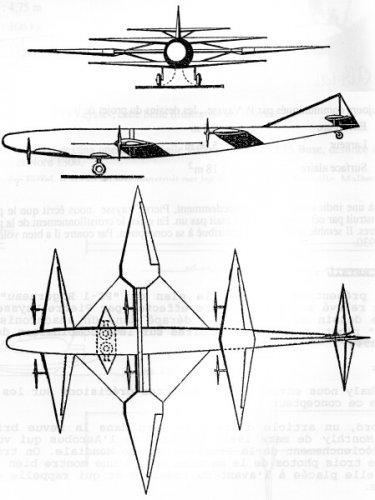
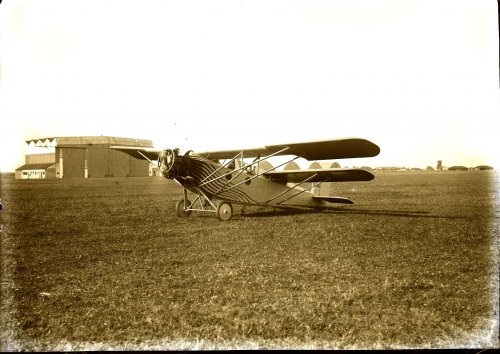
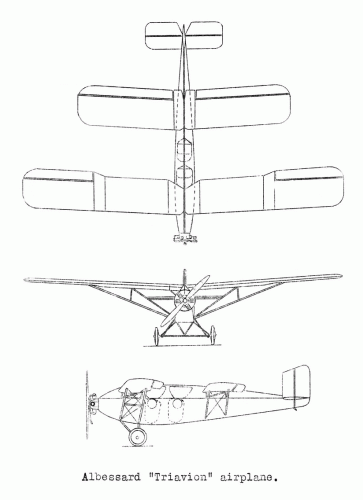
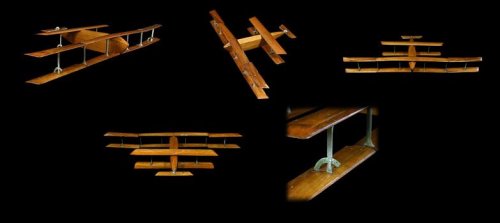
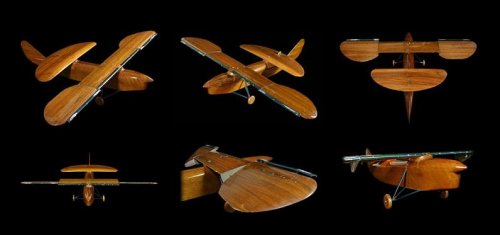
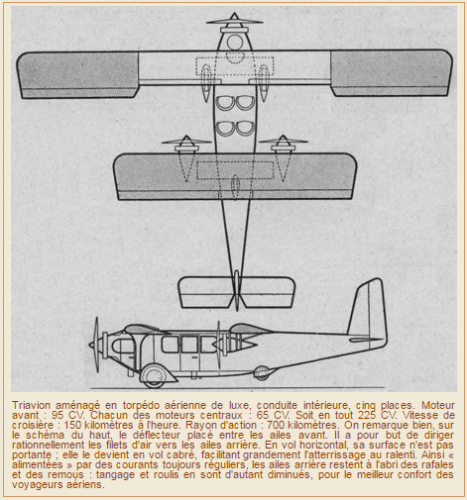
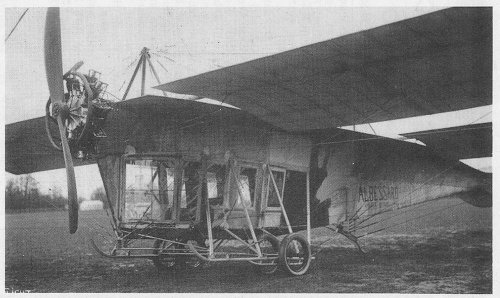
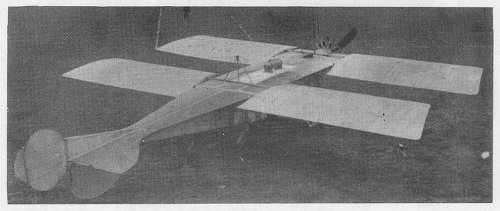
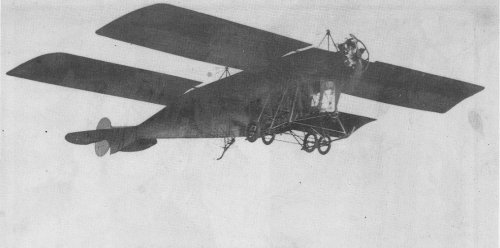
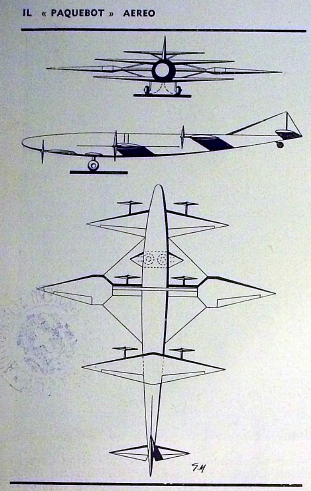
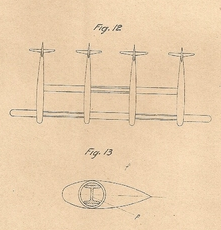
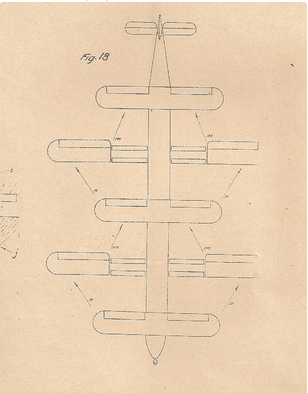
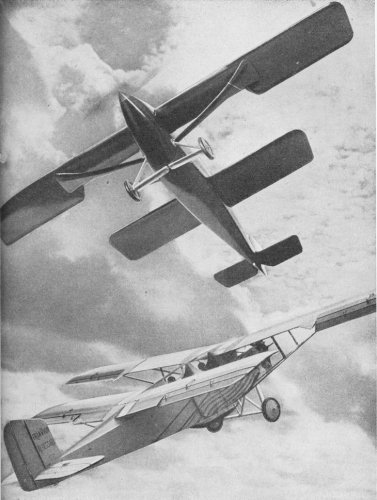
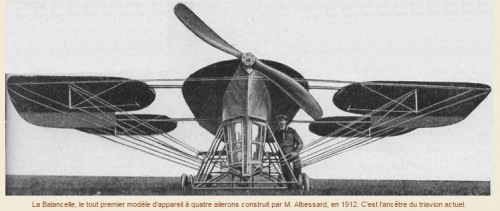
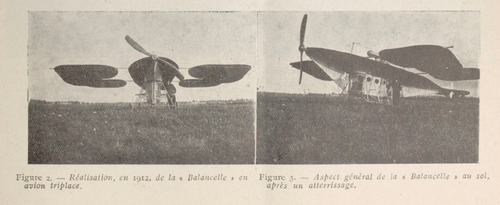
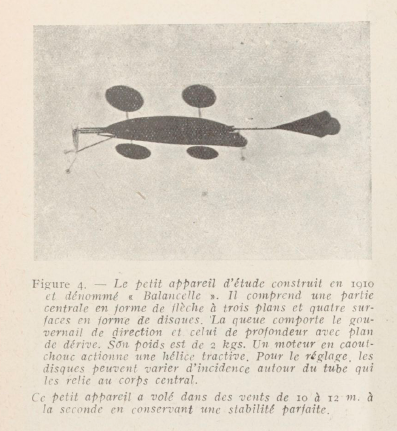
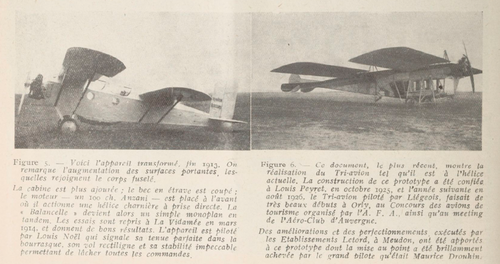
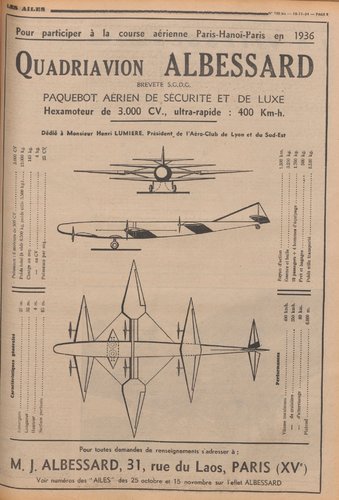
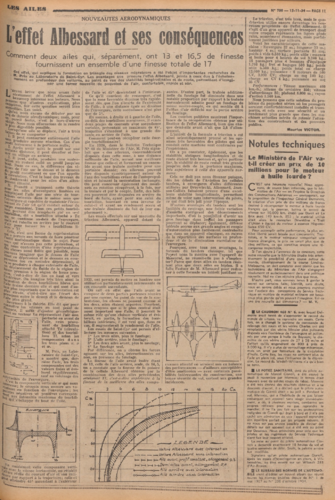
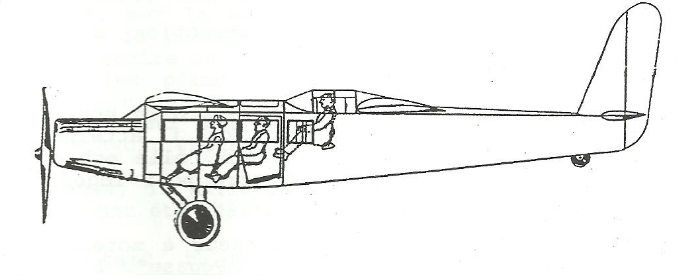
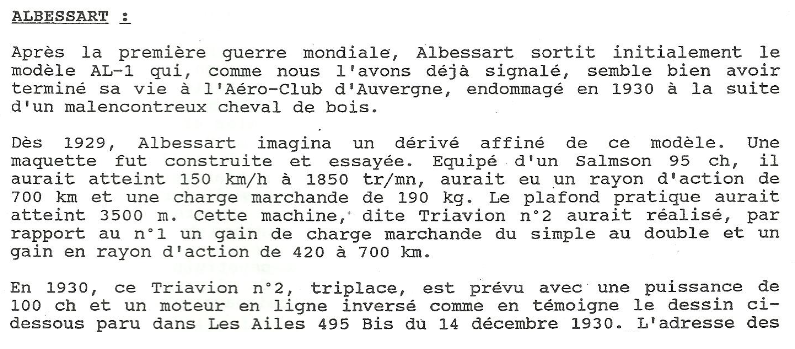

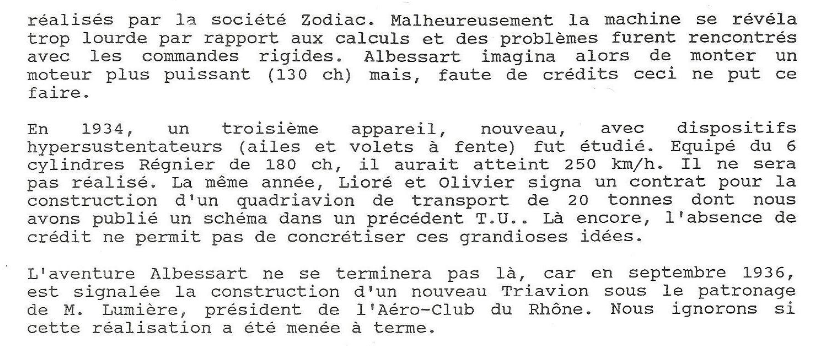
![Avion_de_M_Albessard___[...]Agence_de_btv1b9025956w_1.jpeg](/data/attachments/184/184325-008953aa952d098a72a6c0bc97524667.jpg)
![Les_Ailes___journal_hebdomadaire_[...]_bpt6k65683047_3.jpeg](/data/attachments/184/184444-055f4fb6ca6f3d500efac68b358e935a.jpg)
